Big Boy

Everyone remembers that giant Big Boy statue in front of the building, but it's been a while since you've seen one, right? The restaurant chain grew until 2000 when they filed for bankruptcy. While the U.S. locations began to dwindle, Big Boy was big in Japan.
Recently, there's been a revival, where the restaurant has expanded in Michigan. Outside of the state, there's a whopping 270 burger places in Japan. Let's hope it continues to grow, and we can enjoy Big Boy again!
Bennigan's

If you wanted good Irish food, you'd go to Bennigan's…at least before they went defunct. Now, you'd be hard-pressed to find a Bennigan's out in the wild. In 2008, all of the restaurants were closed because of their parent company going under.
Metromedia Restaurant Group filed for Chapter 7 bankruptcy, and Bennigan's fell with it. Somehow, 15 locations in the United States have managed to stay afloat, but the real surprise is the fact that 18 are still open in Mexico, South America, and the Middle East. How bad do you want that Irish fare now?
Kenny Rogers Roasters
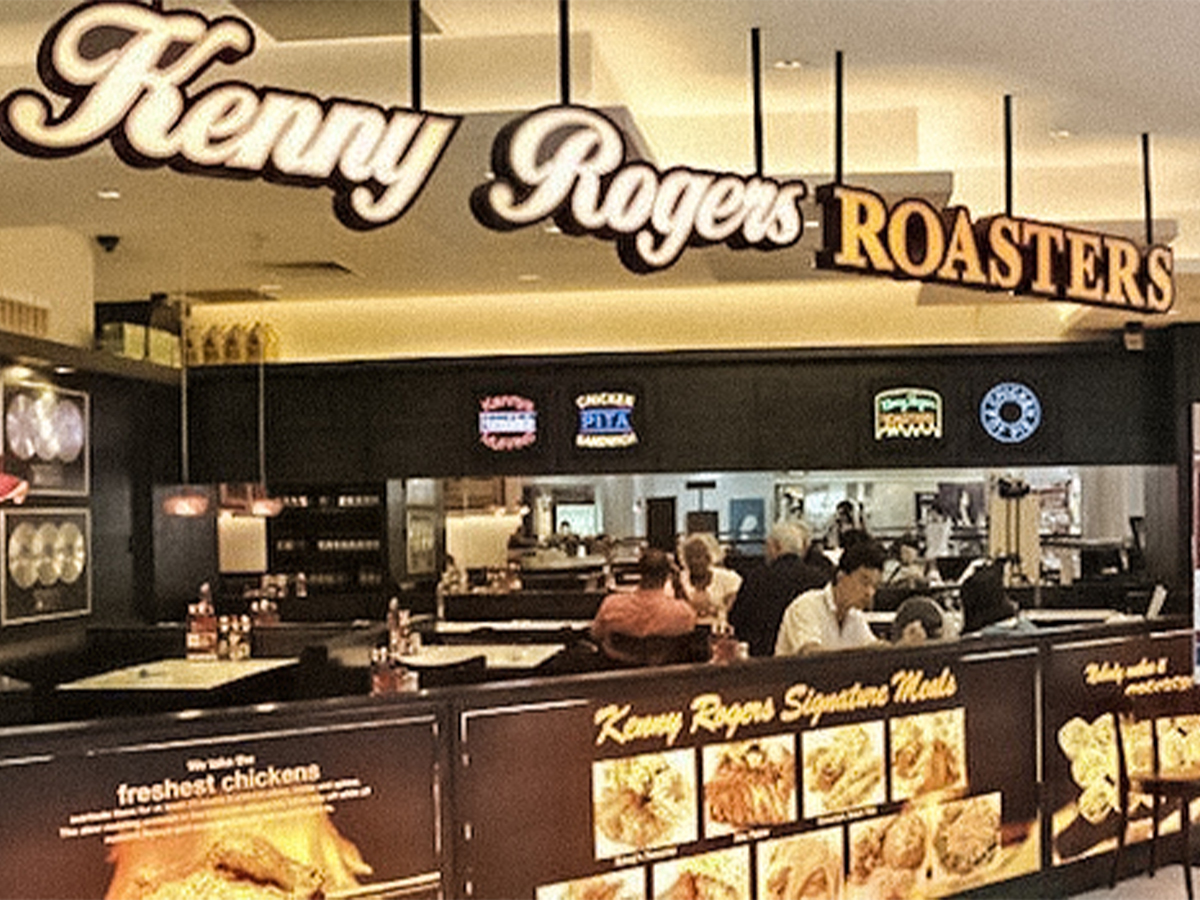
Kenny Rogers Roasters knew good chicken. It was founded by country music star Kenny Rogers and the former CEO of KFC, John Y. Brown Jr. Everything was fine until there was a massive outbreak at one of their Pennsylvania restaurants.
It was only a drop in the bucket as Kenny Rogers Roasters had filed for bankruptcy, and the chicken hit the proverbial fan. The brand was damaged so severely by these two events that Outback Steakhouse scooped up the chain for real estate.
Charlie Brown's Steakhouse
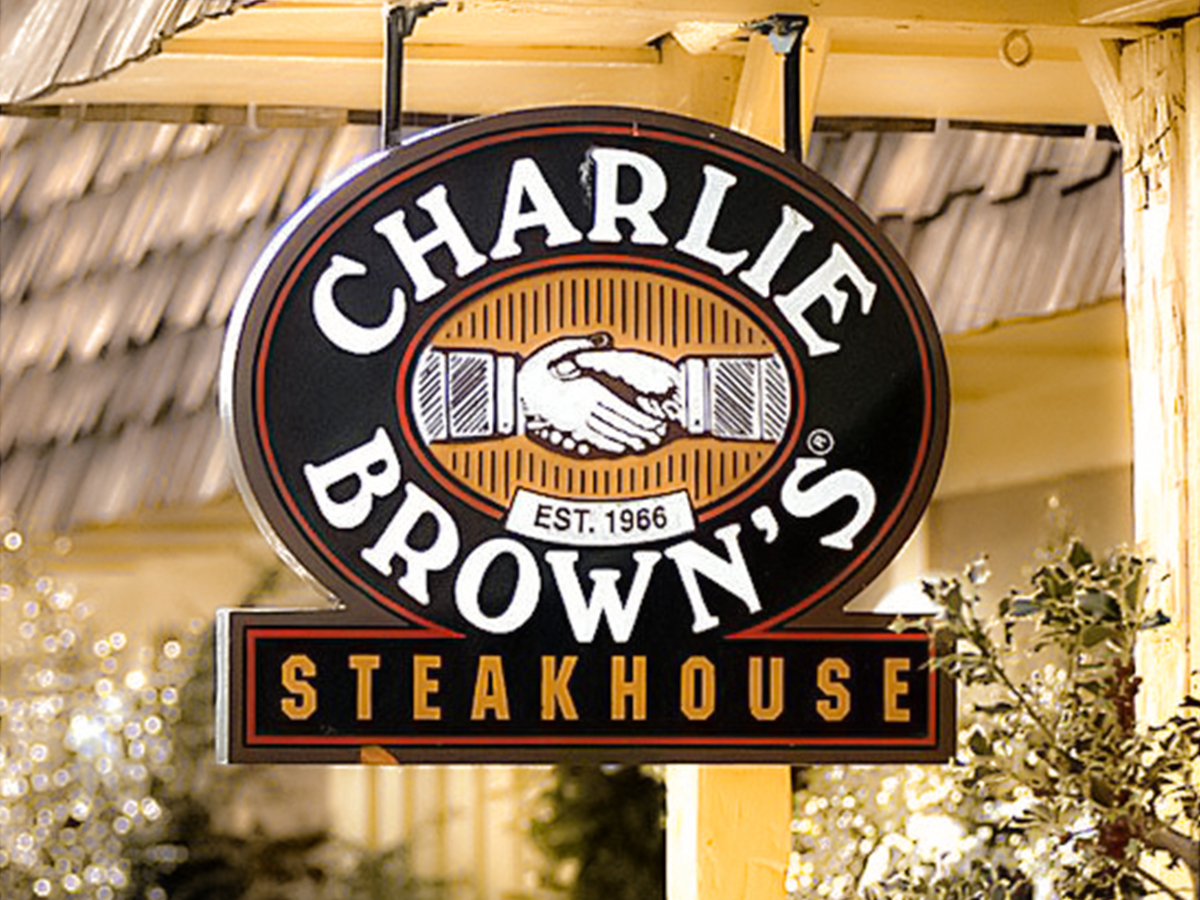
Charlie Brown's Steakhouse was a super popular restaurant everyone had to go to at least once. It was iconic. Unfortunately, after 40 years of being in business, crowds drastically slowed down. As labor costs increased, the owners were unable to make a profit.
This ended up with several locations being shut down in 2000. A little as 10 years later, 20 more Charlie Brown's shut down because they were "underperforming." It seems like the whole chain was underperforming.
Howard Johnson's
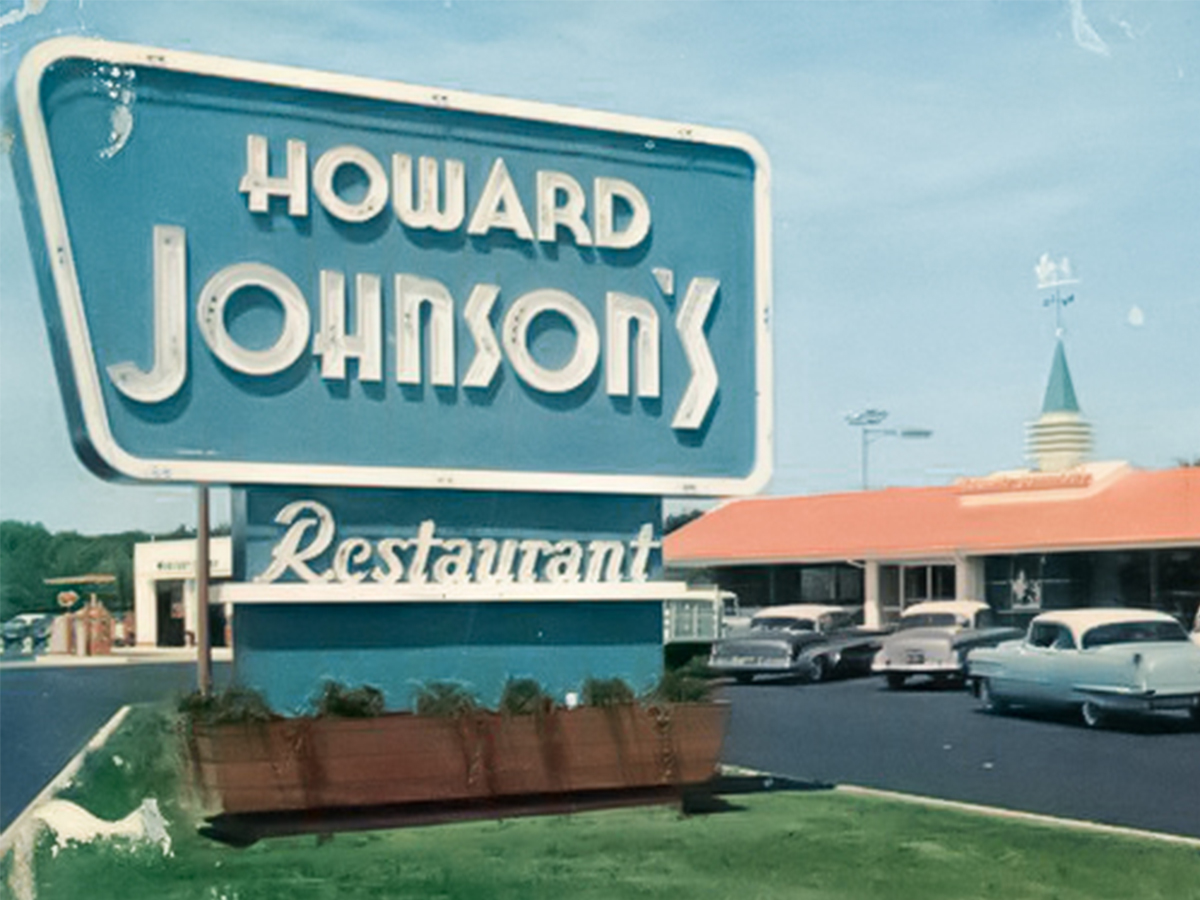
There are a lot of reasons Howard Johnson's could have gone out of business, but most people agree on one reason: failing to update its menu. It was typical American fare – fried clams, chicken, hot dogs, ice cream, etc. – but it wasn't anything unique.
There were a ton of restaurants offering the same thing with new appeal. Howard Johnson's just fell behind in the times. Ultimately, it ended with the chain being shut down. Ironically, many of its competitors would follow suit.
Chi-Chis
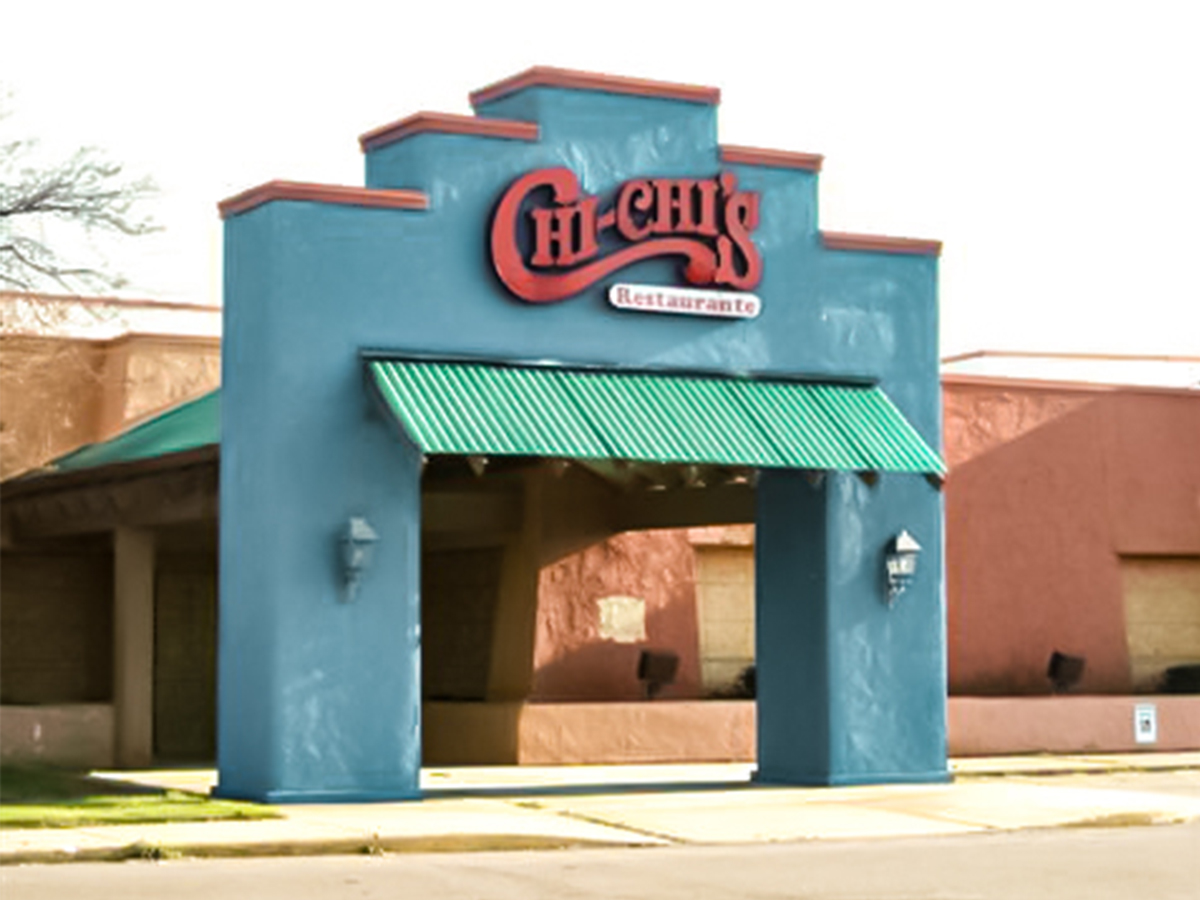
Chi-Chis was iconic, and if you didn't have a chance to dine there, you missed out. There's a reason it was named "America's Favorite Mexican Restaurant" eight years in a row by Restaurants and Institutions. Sadly, that wasn't enough to keep it going.
The chain eventually went bankrupt, and suddenly, 7,000 people were out of a job. In 2004, Outback Steakhouse purchased the Chi-Chi's brand for $42.5 million. All of the restaurants would shut down in September. What didn't help was one of the worst outbreaks in American restaurant history in 2004, with four people dying and 660 others falling ill.
Minnie Pearl Fried Chicken

Anyone who knows this restaurant likely heard about the debacle that supposedly shut it down. The story goes that Minnie Pearl Fried Chicken cooked their books more than they ever did food, but it's all made-up. The real reason the chicken restaurant failed was that the owners had no experience.
Because they didn't have the experience, the restaurant had a lack of consistency. On top of that, they didn't know how to report earnings. The franchise didn't even wait to succeed before opening two other chains, ultimately resulting in losses year-over-year. Naturally, this ended with bankruptcy.
D'Lites

You'd think a restaurant that puts a lot of emphasis on health would do well, but that wasn't the primary focus of diners in the '70s and '80s. The reduced-calorie dishes just didn't attract people when there are a plethora of other options.
There were over 100 D'Lites opened, but less than 10 years later, locations started to shut down. By 1987, 90% of the remaining D'Lites were sold and rebranded to Hardee's. There are a few D'Lites still open, but they've been rebranded to avoid infringement. Good luck finding them!
Henry's Hamburgers
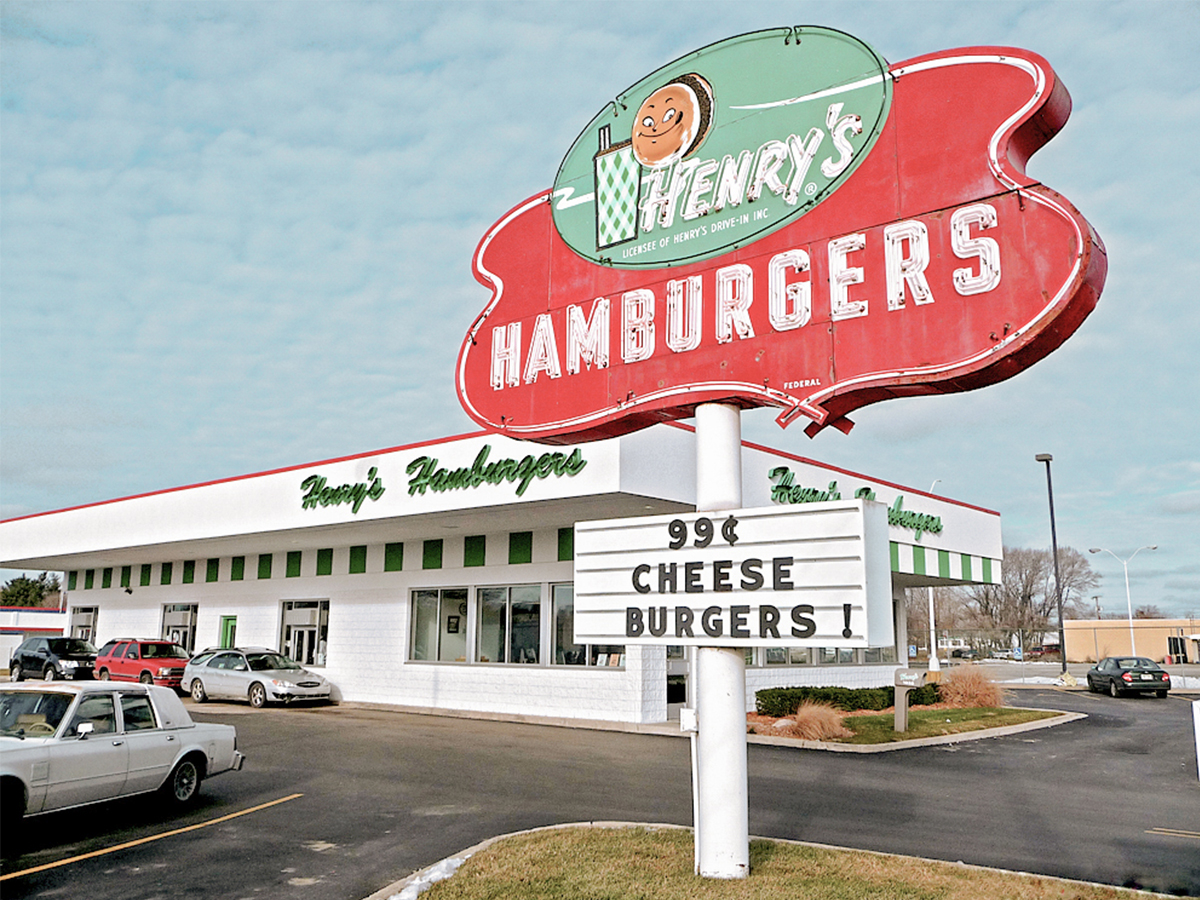
Henry's Hamburgers was one of the few chains that actually outnumbered the current-day megabrand McDonald's. In fact, when it first started popping up, it was much more popular. The only problem is that McDonald's had more money to throw away.
Henry's tried to advertise to get more customers, but McDonald's played hardball. McD's added drive-throughs, different menu items, and the works, while Henry's refused to modernize. This led to its downfall, and soon, they began closing stores just as quickly as they had opened them.
Sambo's

Sambo's had no real way to stick around due to its association with The Story of Little Black Sambo, a problematic book from 1899. The restaurant attempted to distance itself without changing the name by introducing a light-skinned boy in turban and tigers, but that only furthered problems.
In the end, Sambo's Eventually, the chain filed for Chapter 11 bankruptcy in 1981, and all locations except for the first were closed. Some chose to change the name, but this still resulted in the chain dying. The original was renamed recently in 2020 to Chad's after the owner Chad Stevens.
Steak and Ale
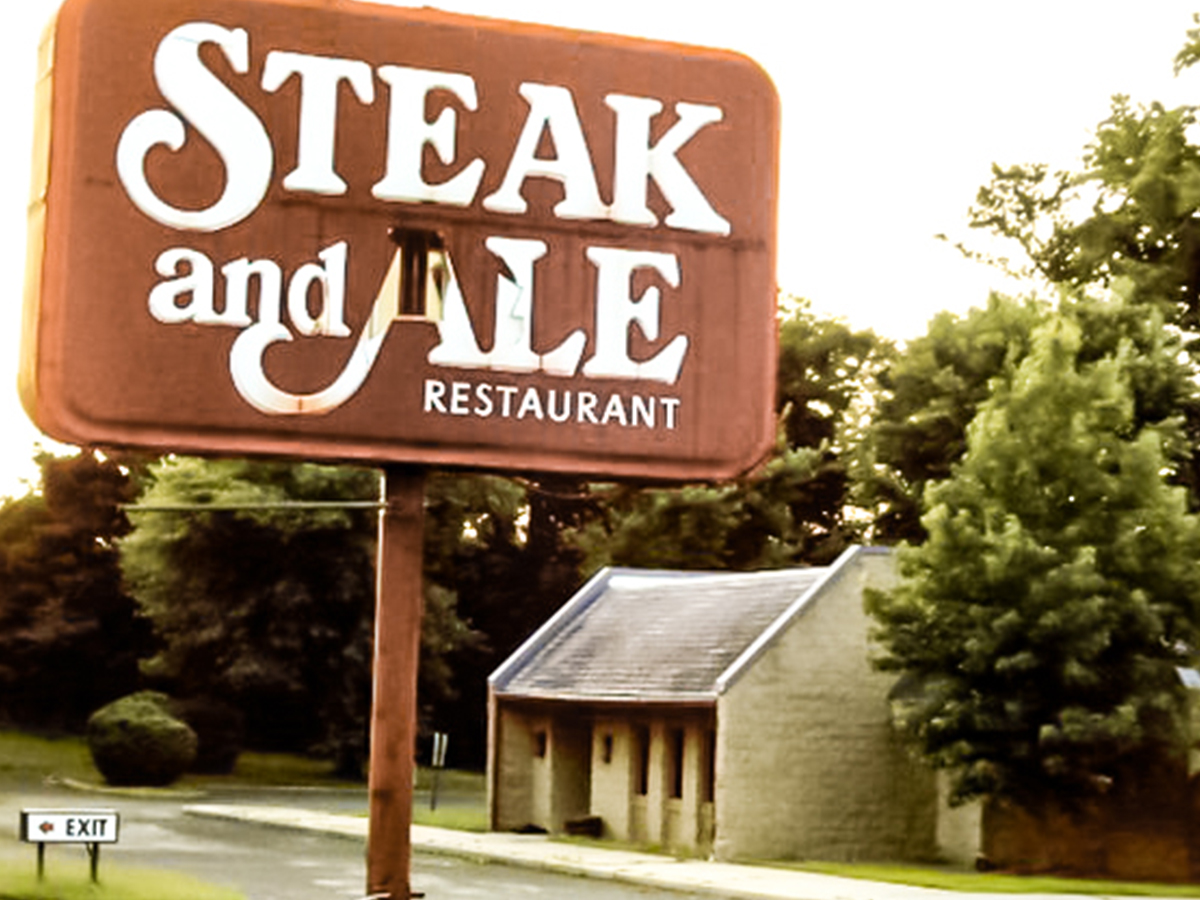
Steak and Ale was formed as an independent restaurant chain in Texas in 1966 as a Tudor-style, upscale dining experience. Pretty snazzy, eh? Maybe if it remained independent, it would've lasted longer. Pillsbury eventually purchased and folded into the same restaurant group as Burger King, Bennigan's, and Poppin Fresh Pies (only one of which is still around today).
Eventually, when Bennigan's went under, Steak and Ale followed. There's still hope, however. In 2013, a Facebook page suggested the comeback of Steak and Ale. This page grew traction, and now, there's a Steak and Ale set to be built in Mexico in 2021 (pending any pandemic delays).
Wetson's
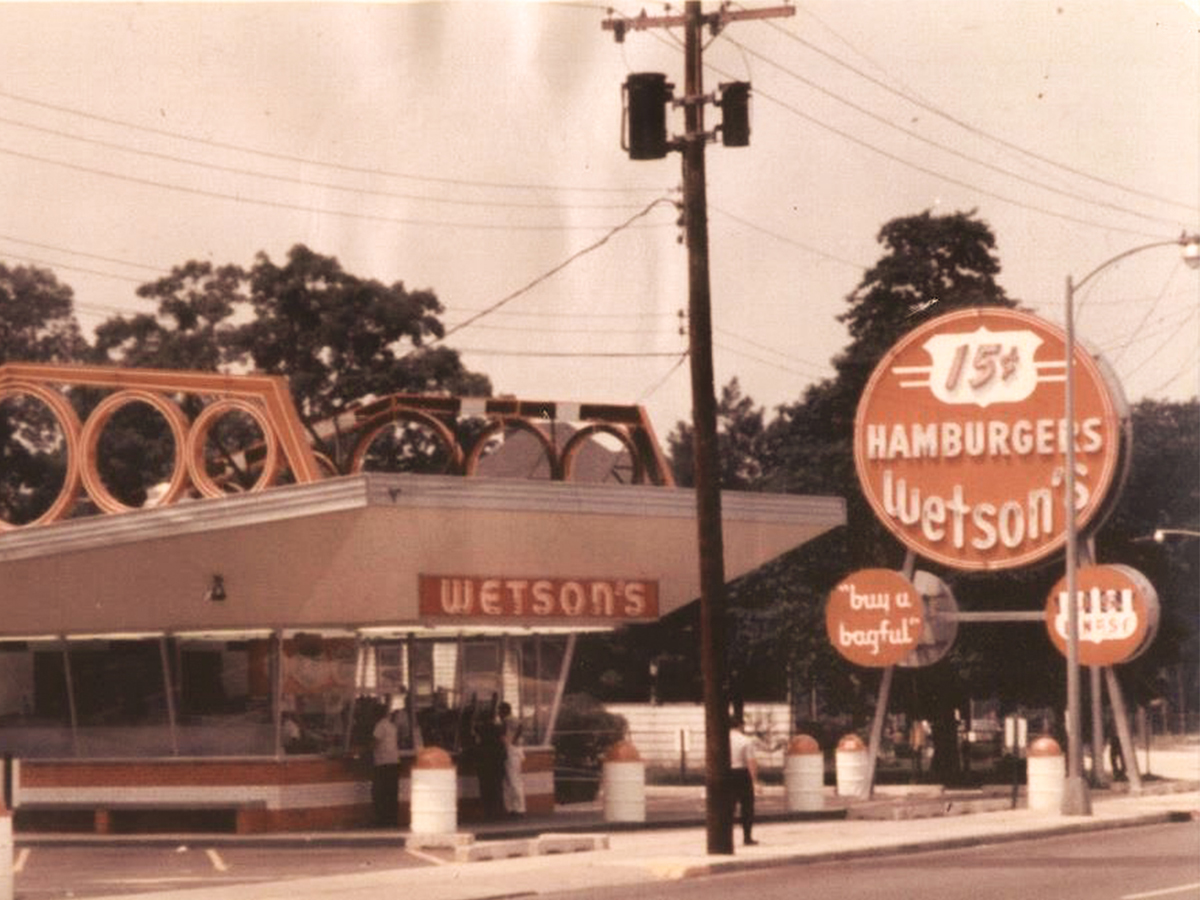
Wetson's was one of the most popular chains that went up against McDonald's shortly after it got started. The restaurant copied many of the same slogans, including "Look for the Orange Circles," and even used a clown as the mascot.
It apparently didn't help much. The chain struggled against the ever-growing McDonald's and Burger King brands. This caused it to shut down and merge with Nathan's Famous. Once the merger happened, Wetson's was completely closed.
Lum's
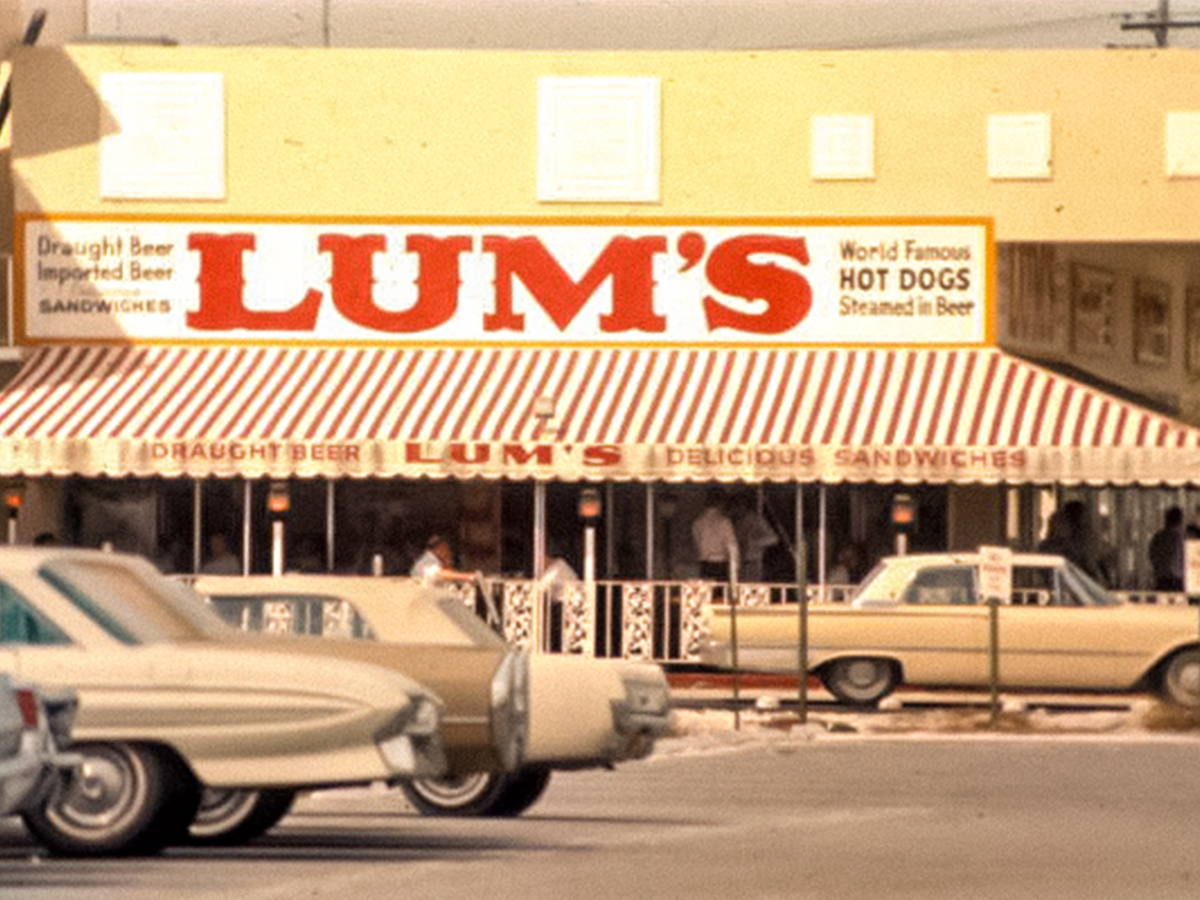
Lum's had everything famous under one roof, including the delicious Ollieburger. This chain grew to have over 400 restaurants nationwide, which is a pretty big feat at the time. Some claimed it was classier than McDonald's or Red Barn, and that's why it attracted such a large crowd.
There isn't one single reason that Lum's shut down. There was an increase in competition, but the founder of the chain had his eye on politics. Because of that, he sold the chain, but it would declare bankruptcy soon after. The last Lum's shut down in 2017.
Valle's Steak House
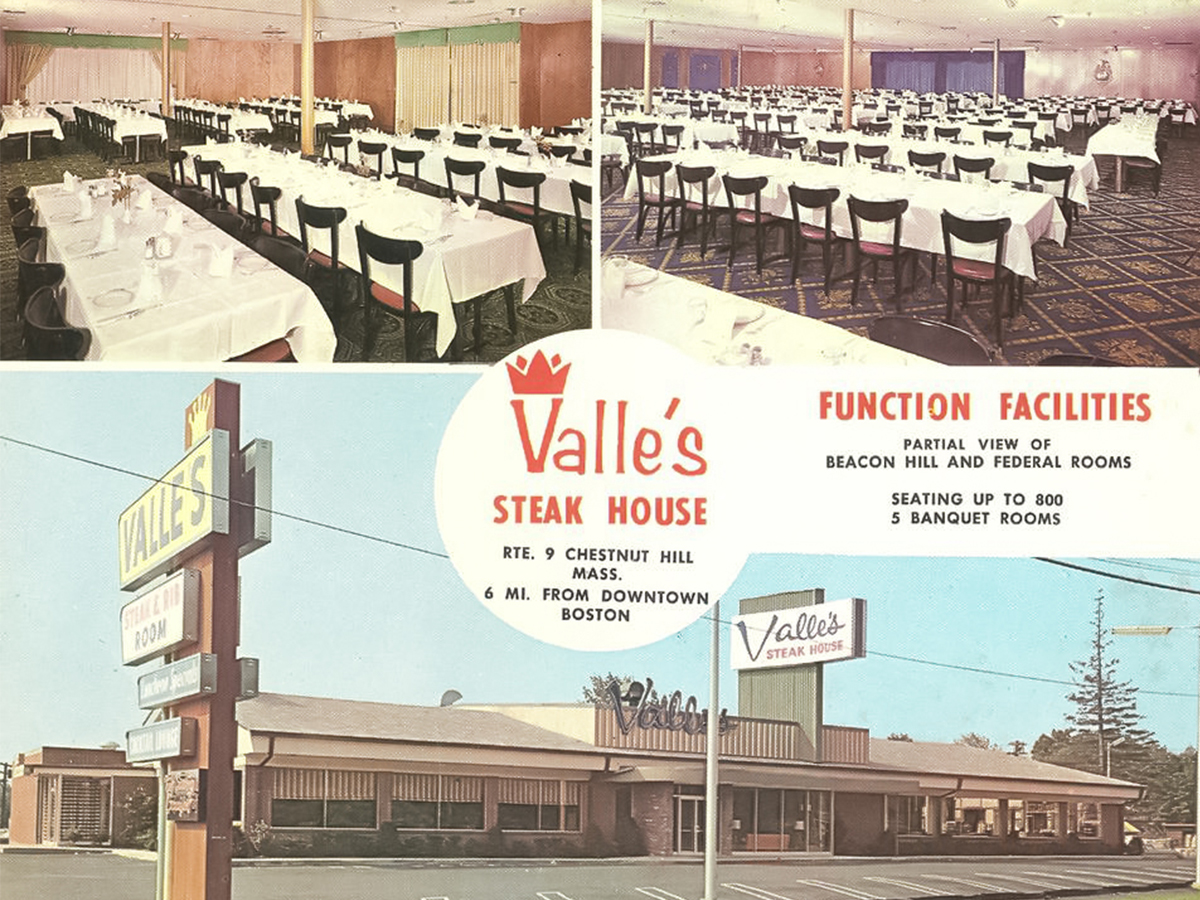
What could go wrong at a place that focuses on steak and lobster? Turns out, a lot can go wrong. There are several reasons Valle's failed. One of the biggest was inheritance taxes. The family was unable to pay the taxes levied against the estate of founder Donald Valle following his death.
They were forced to shut down and liquidate all assets. Valle's daughter stated, "No matter how much business we did, we couldn't pay the government. We couldn't break even. It was a huge tax burden, with compounding interest."
Wag's

Wag's was a strange story. It was owned and operated by Walgreens during the '70s and '80s and was modeled after popular restaurants at the time, including Denny's, Shoney's, and Big Boy. By 1988, Walgreens realized it wasn't working, so they sold the chain to Marriott.
Almost immediately, Marriott began selling off assets but was unable to find a buyer for Wag's. Guess restaurants located inside of Walgreens and other stores wasn't a huge selling point. The chain was shut down in 1991 permanently, and that put an end to Wag's.
Burger Chef

Burger Chef spread across the United States faster than most restaurants. In fact, it was only surpassed by McDonald's in 1972. It started in 1968 when General Foods Corporation purchased the chain. Eventually, Burger Chef would begin opening restaurants in Australia, but that venture ended with a $1.3 million loss.
It didn't help that McDonald's and Burger Chef went head-to-head. Burger Chef had two mascots with several friends, similar to the later-established McDonald's cast. Once McDonald's introduced their happy meal, Burger Chef sued. It ultimately lost, which lost quite a bit of money. All that ended in debt out the wazoo, so they had to shut down.
White Tower Hamburgers

White Tower... doesn't that sound a lot like White Castle? You're right there! White Tower was modeled after White Castle so closely that the latter sued. The court ruled in favor of White Castle, which forced White Tower to pay around $80,000 as punishment. That didn't help the restaurant much.
It then failed to adapt to the changing market, which had begun quickly embracing cars and drive-throughs. Meanwhile, White Tower didn't even offer parking spots! Customers stopped going, and the restaurants began to shut down one by one.
Doggie Diner
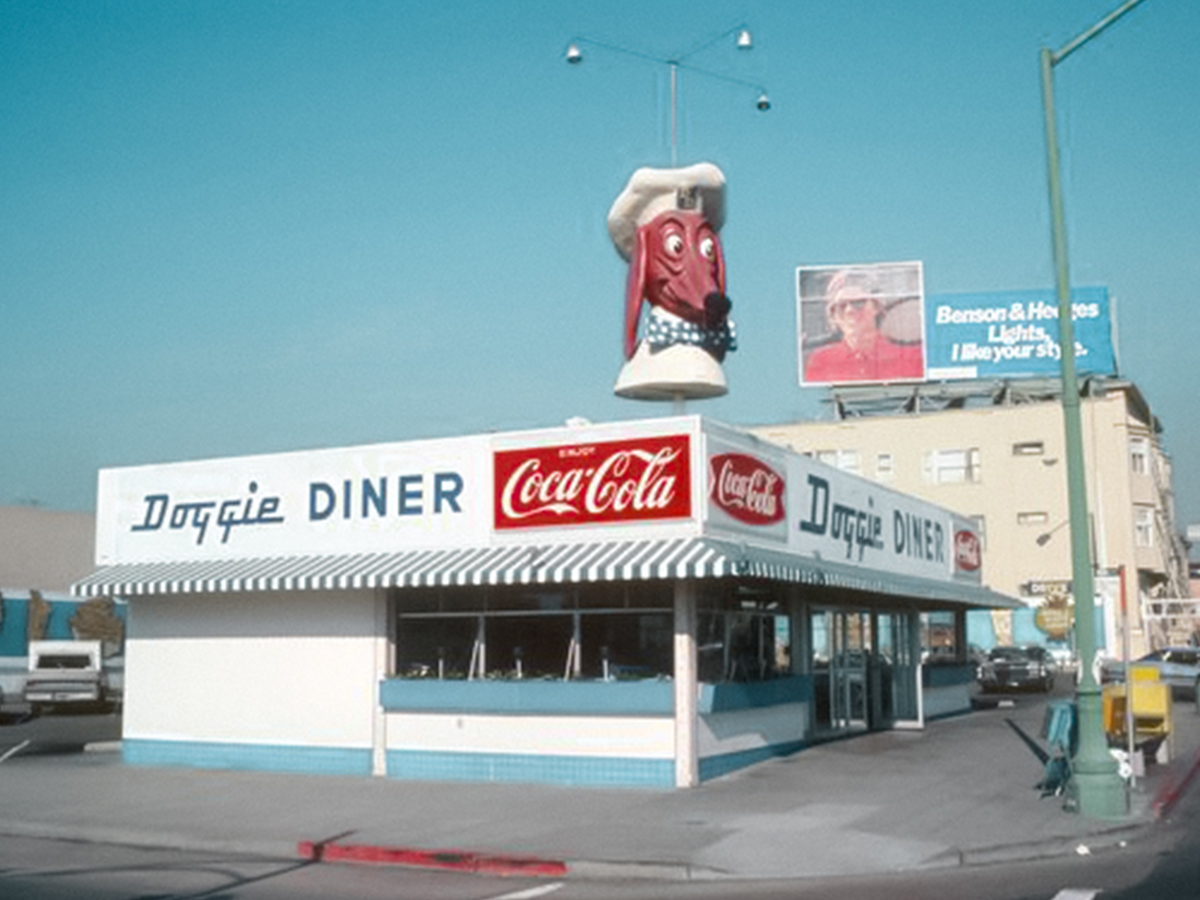
Doggie Diner was a recognizable place with a dog chef mascot. In fact, a huge statue of the maitre d'oggie was in front of the San Fran restaurant. Sadly, Doggie Diner couldn't compete with McDonald's and Burger King, so they shut down in 1986.
The signs, which had been plastered all over San Francisco, were replaced or sold to private parties. However, in 2001, one of the dogs remained and was refurbished by the city. It's now installed on a median strip at Sloat Boulevard and 45th Ave.
Red Barn

Red Barn was pretty famous up in Ohio and other northern states, but there were also locations in Australia and Canada. The restaurant chain did really well, and so it began rapidly expanding. Anyone knows this isn't a great plan unless you can make up the cost.
Eventually, the chain was bought-out by a firm that did nothing but real estate and construction. They allowed the leases to expire on the franchised chain, leaving franchisees lost. A few rebranded, but even those eventually closed one by one. There aren't any Red Barns left, but a restaurant called "The Farm" is still standing in Wisconsin, which supposedly sells original items.
Sandy's

How did Sandy's Drive-Thru shut down with so many restaurants going under because they refused to add drive-thru? Well, the restaurant was always successful. They popped up in 1958, but the company hit rough waters when TV advertising became the new big thing. Customers came in, but the actual chain was short on cash.
As advertisements stole potential Sandy's customers (and returning ones), Sandy's was left in the dust. Hardee's wanted to expand, so they purchased and merged with Sandy's. Originally, the plan was to let Sandy's keep its name, but soon, 90% swapped the branding to Hardees. Only a few withstood, but they eventually went bankrupt and shut down.
Horn & Hardart
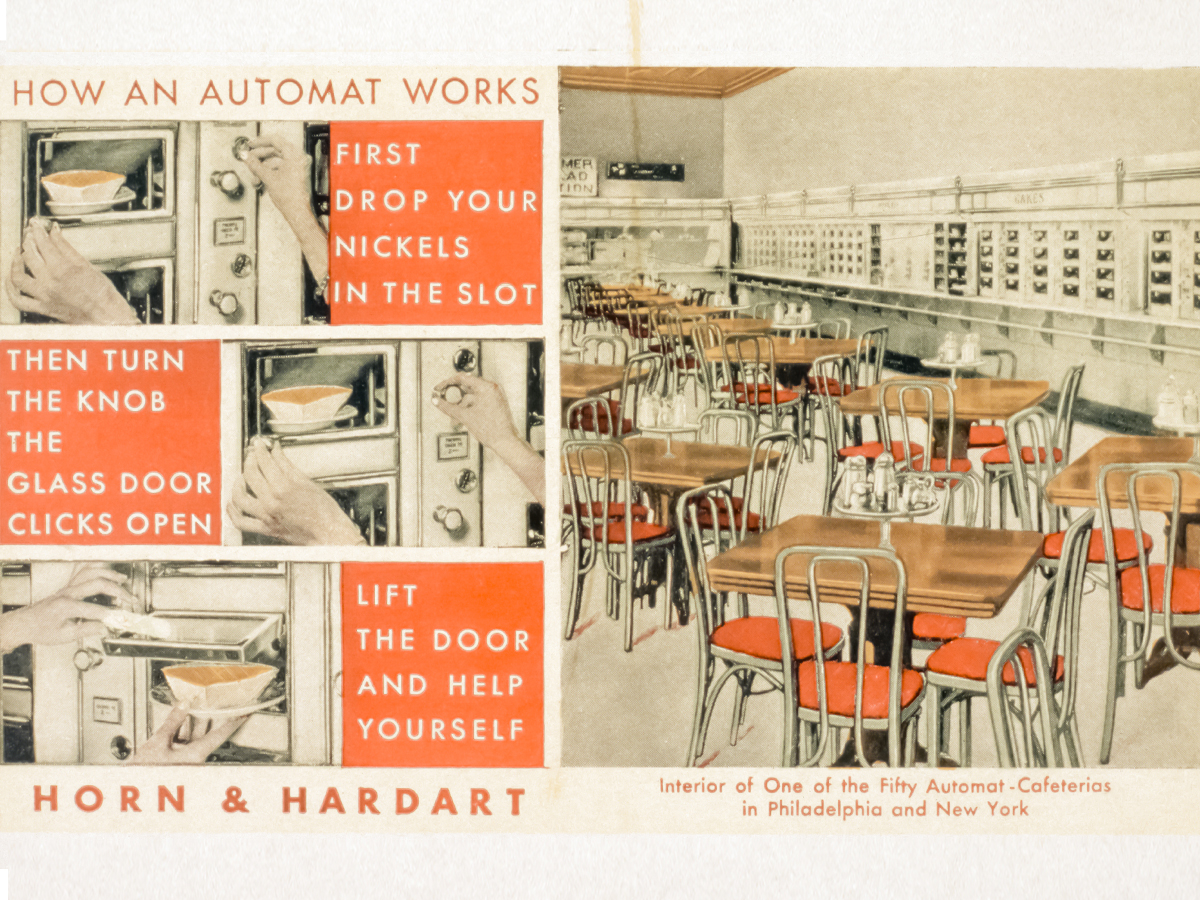
Horn & Hardart Baking Co. started out their business through retail stores that advertised having meals that were just as good as home-cooked food. Eventually, the company expanded to open up Horn & Hardart Automats. They became especially popular during the Depression when they offered mac and cheese, baked beans, and creamed spinach regularly.
Everything was golden until the '70s when automats became less and less popular. As a whole, the company ran into hard times, and the only solution was to close the automats. The last one shut down in 1991.
Wimpy's
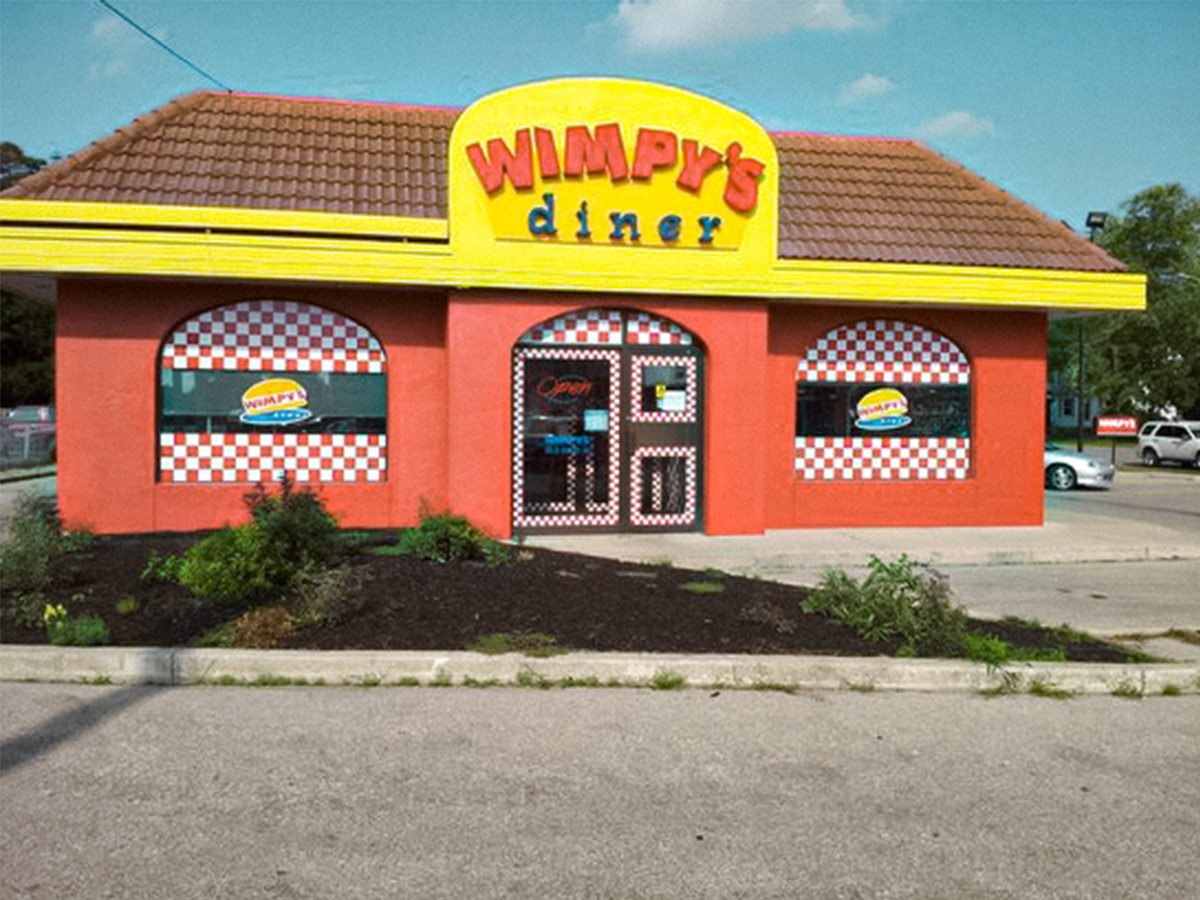
Wimpy's was a chain that started in the United States but grew to be a worldwide sensation. There were locations in South Africa, the United Kingdom, Kuwait, France, and several other European places. Sadly, the restaurant would disappear when the owner died in 1977.
No one purchased Wimpy's rights from Gold's estates, so the restaurants had no choice but to shut down. Some locations overseas have managed to remain open, but they're certainly not as big as they used to be.
Casa Bonita's

Casa Bonita was a really strange restaurant. It labeled itself as a place for "eatertainment." In short, you got some entertainment while you ate the food. It wasn't particularly amazing food, but it was certainly a unique idea. The original business shut down in 1993, but the other locations remained open for a while afterward.
One by one, they also began to fall due to a series of bad luck, including snowstorms, lease issues, and ownership transfers. The last standing was in Lakewood, Colorado. This one had to shut down due to COVID and hasn't reopened. Many suspect this was the final death knell for Casa Bonita.
Bugaboo Creek
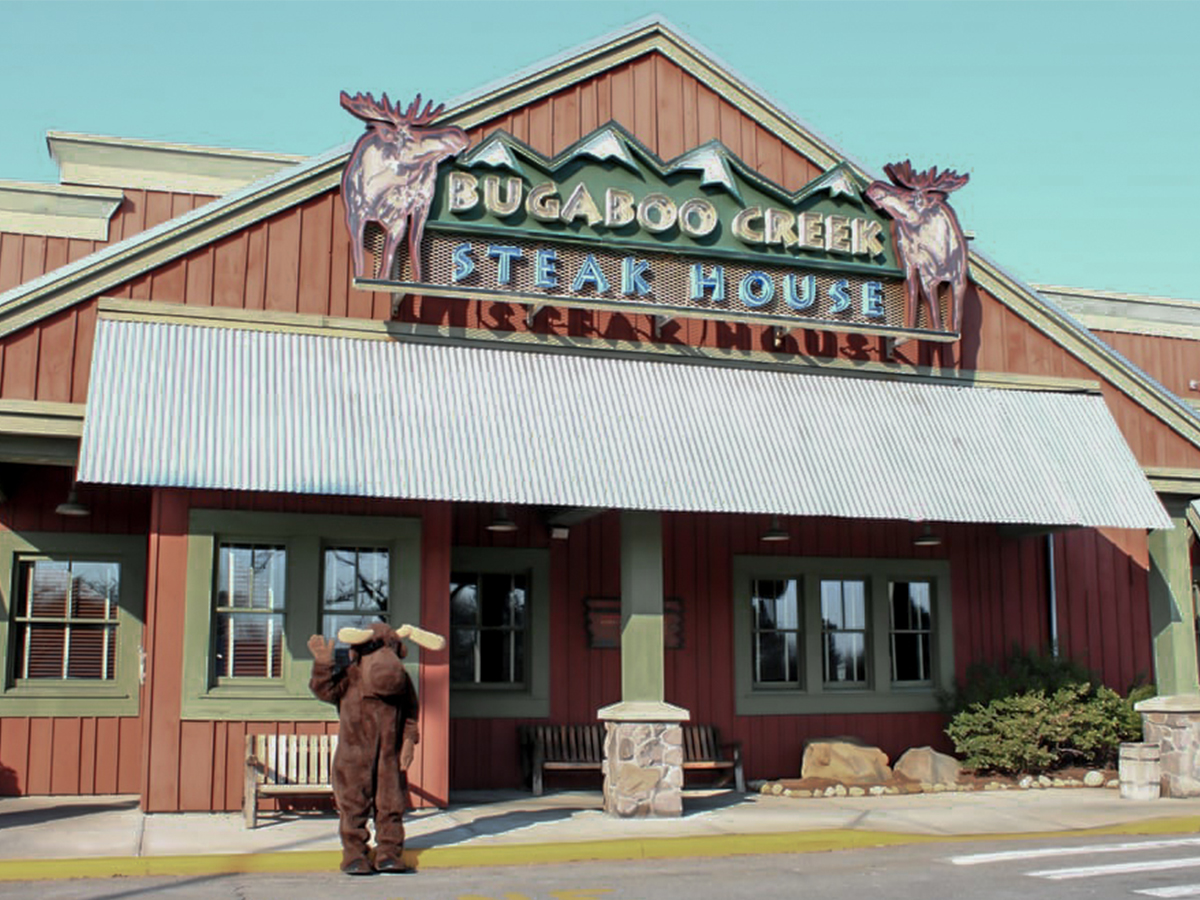
Big news hit in 2016 when Bugaboo Creek decided to shut down after nearly two decades in the biz. They were known for their talking animatronic animals similar to something you might have seen in Chuckie Cheese.
Sales were dipping for a long time, making it hard for most locations to remain open. Some restaurants struggled to stay alive, but a bankruptcy in 2016 caused the chain to cease operations permanently. No more talking Christmas Tree!
The All-American Burger

You might remember The All-American Burger from the Fast Times At Ridgemont High. Turns out that it was a real restaurant! The chain was founded in 1968 in Los Angeles, and the movie really made it popular.
Unfortunately, it wasn't enough to beat out the competition between McDonald's and other huge burger chains. The last location was shut down in 2010 after steady losses. It's now a Chipotle. That's pretty heartbreaking.
House of Pies

The House of Pies could've been something. It was created by the same guy who made IHOP, so what happened? Unfortunately, the beginning of House of Pies didn't go off to a good start. There had been recent failures and scams which scared off potential investors.
Even after funding was secured, lawsuits plagued the parent company of House of Pies, which caused $62 million in losses. While IHOP grew, House of Pies fell until it eventually collapsed. Since it was a franchised company, franchisees tried to survive on their own. It didn't quite work, and they all shut down.
Carrols
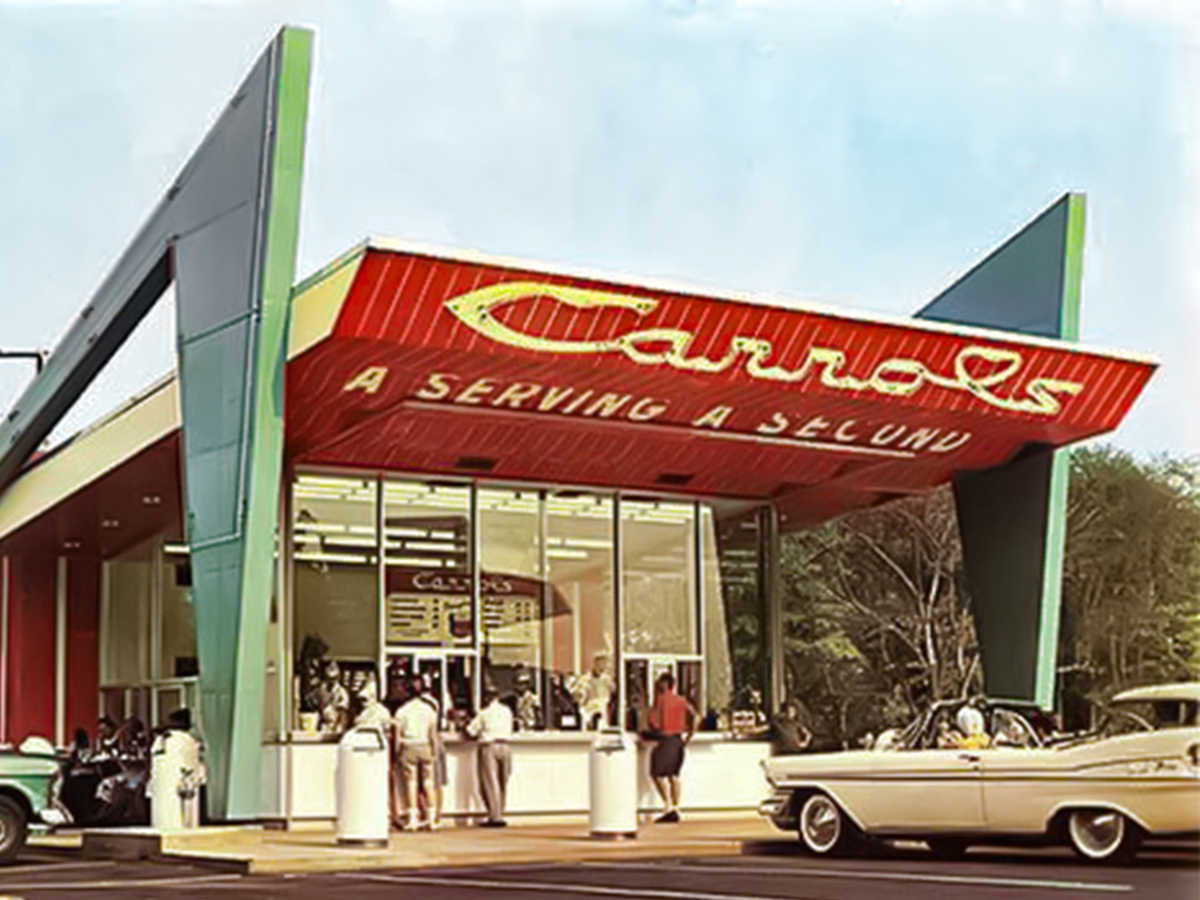
You know those popular Looney Tunes drinking glasses people love to collect? There's a good chance it was originally purchased at Carrols. This burger joint was one of the best places at the time, but nothing is too big to fall.
Carrols did well until Burger King and McDonald's grew to be massive. There was no way a small company like Carrols could compete against the power of its multi-billion-dollar competitors. By the '70s, Carrols was surrounded by McDonald's and Burger Kings. Profit wasn't coming in like it used to, and the company was forced to shut down.
Pup 'N' Taco
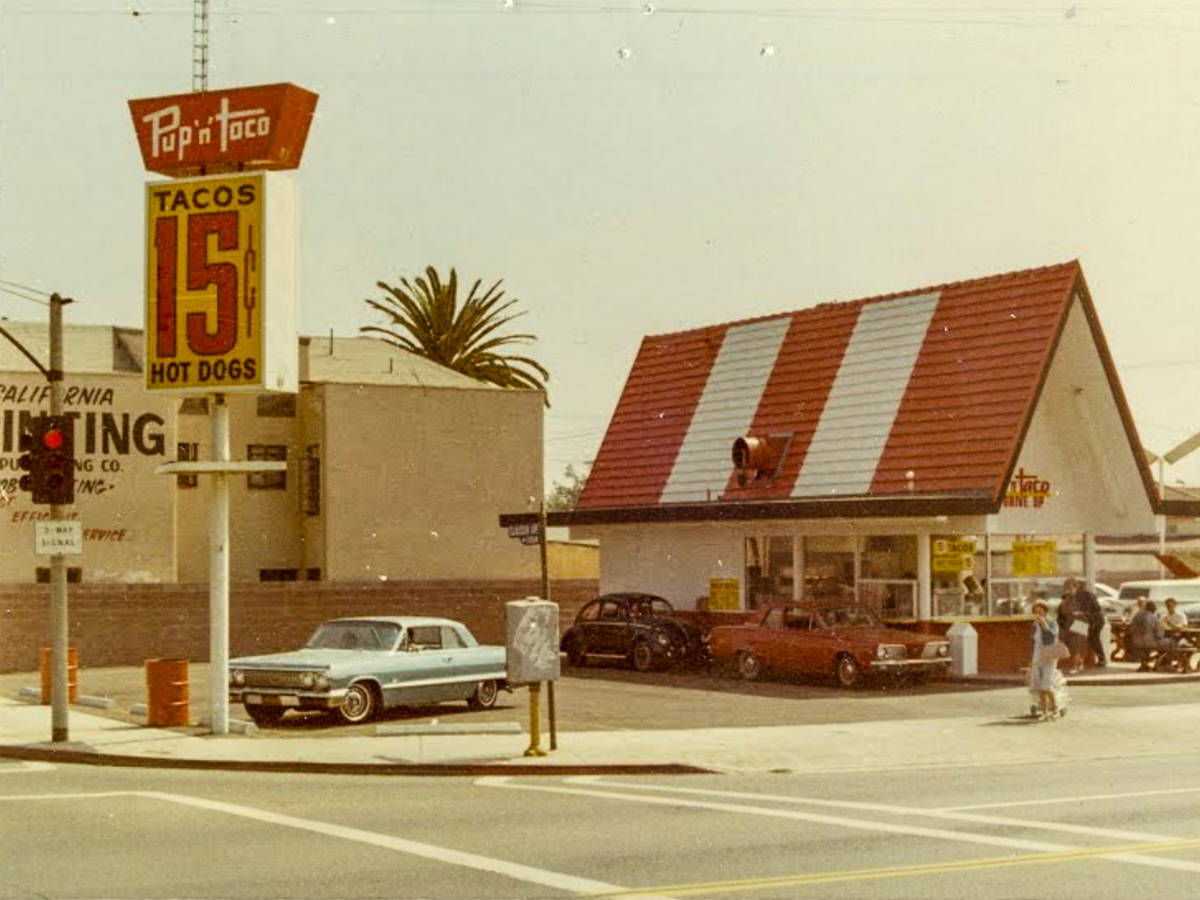
The Pup' N' Taco was just as recognizable as the golden arches during its heyday. The orange roofed A-frame was a common sight in California and the other surrounding states. The restaurant opened in 1965 and was known for hot dogs and tacos. A weird combo, but it worked.
They grew to have 99 locations before Taco Bell bought them out. Taco Bell was getting rid of its competitor. As part of the deal, Pup' N' Taco shut down pretty much all locations. Some were saved from the ax and operated independently, but those locations would also shut down by 2010.
All-Star Café
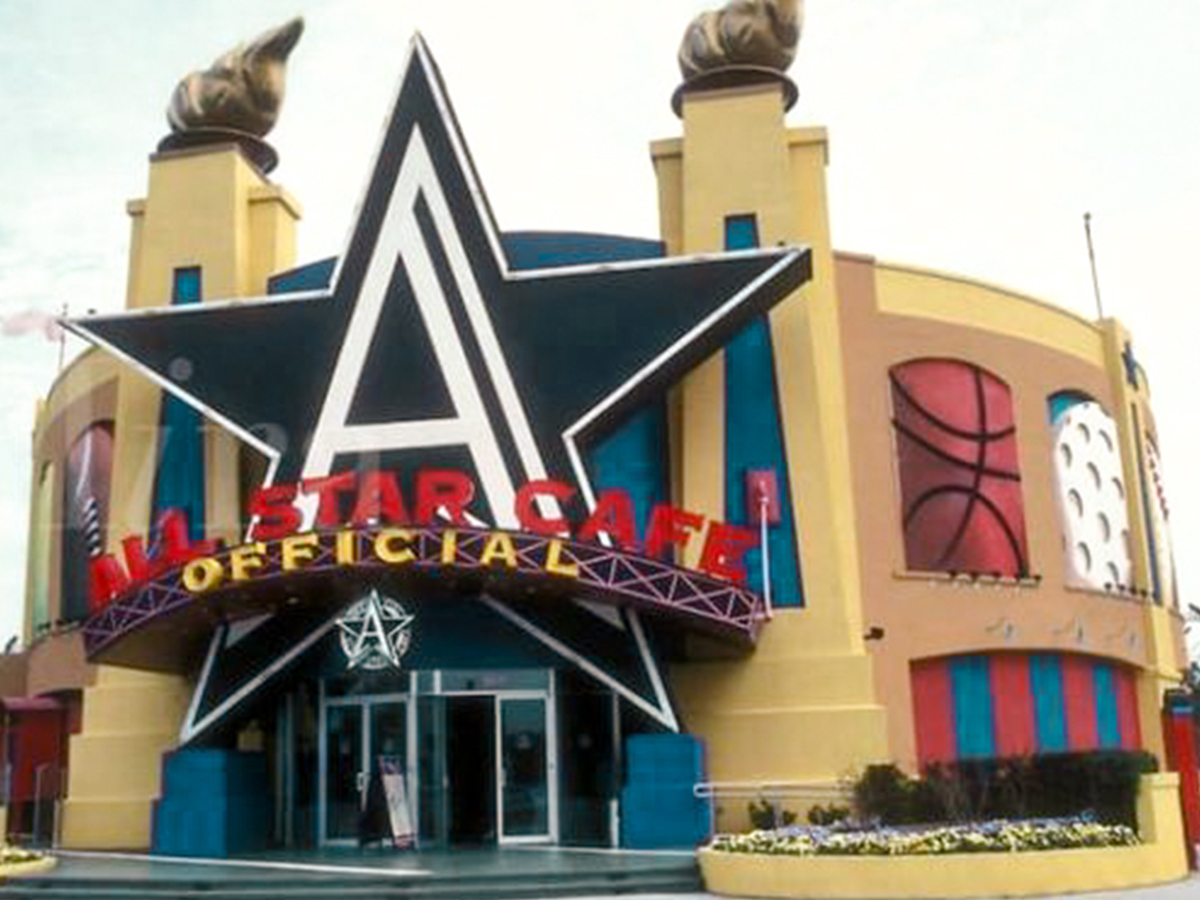
The All-Star Cafe was one of those places you had to visit if you were in New York City or Las Vegas. The restaurant was developed by Planet Hollywood and focused on combining sports and food. Tons of people loved the restaurant, but that wasn't enough to keep it alive.
Themed restaurants fell off, so Planet Hollywood put All-Star Cafe up for sale. All future restaurant ideas were shot down, but one still opened at Disney in 1997. It didn't last too long. All-Star Cafe's parent company filed for bankruptcy in 1999. Disney purchased the rights, but this still ended with all locations shutting down.
Naugles
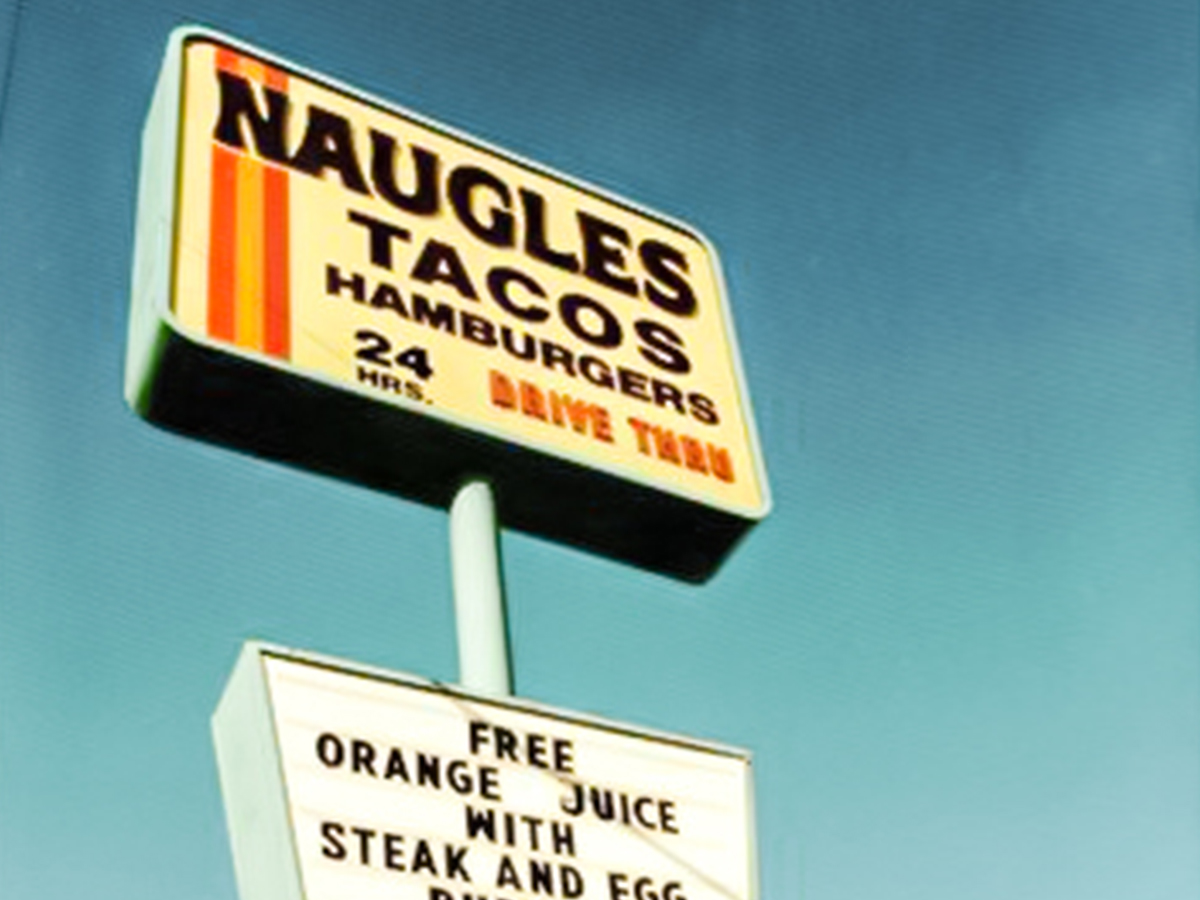
Ever want a burger but someone else wants a taco? Maybe that's the concept behind Naugles. It was a fast-food Mexican place that also served burgers. It lasted from 1970 until 1995 when Del Taco purchased the rights to Naugles.
Del Taco shut down all of the locations, but that wasn't the end of the story. An entrepreneur is attempting to resurrect the chain after the court decided Del Taco had abandoned the trademark. Naugles opened one location in California as a "soft opening." Slowly, they began expanding, but COVID has put a damper on things.
 Author
Rachel Downs
Last Updated: July 30, 2025
Author
Rachel Downs
Last Updated: July 30, 2025